Affiliate links on Android Authority may earn us a commission. Learn more.
Why LG finally made the switch to OLED on the V30
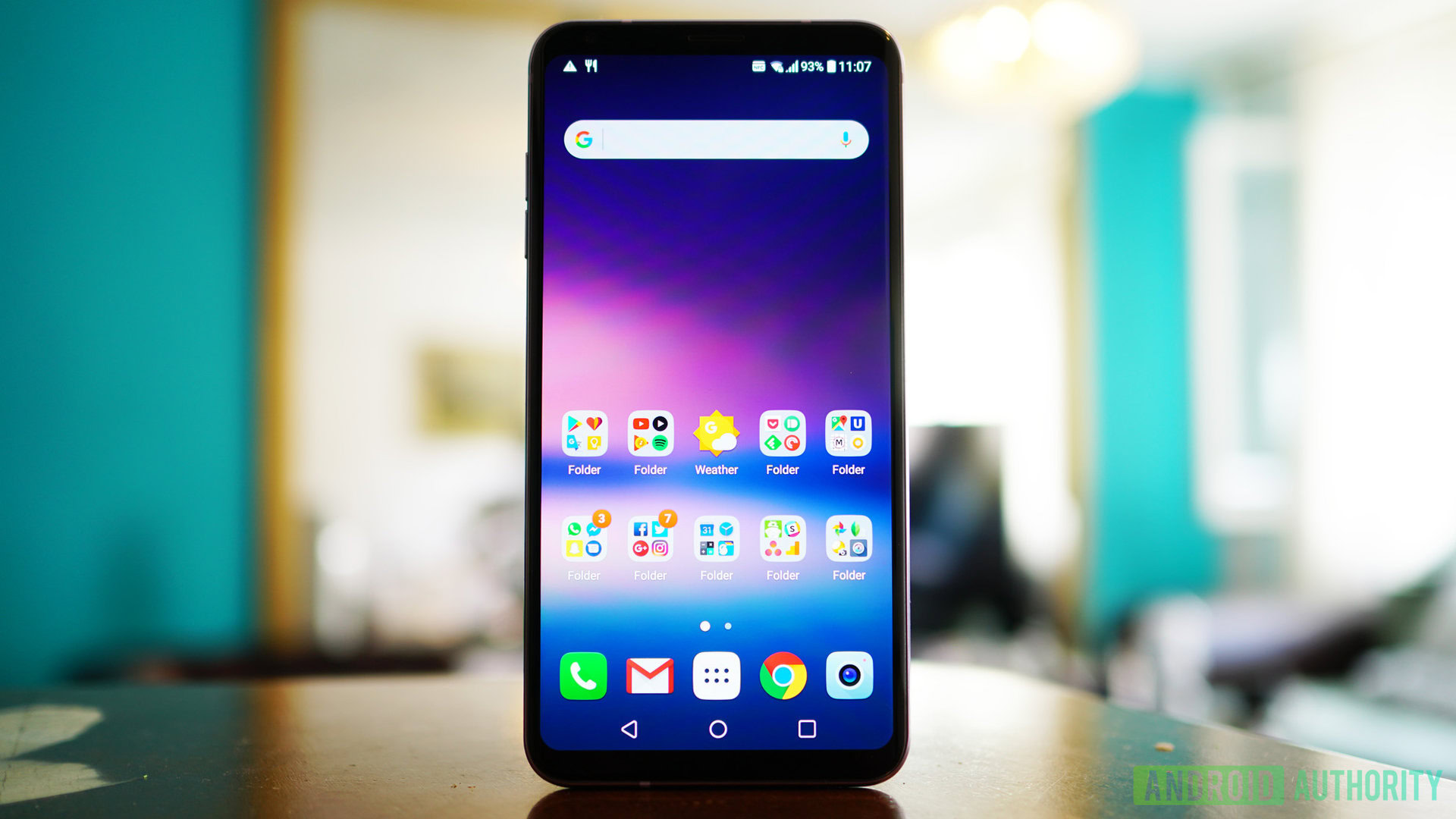
There are several reasons why a company like LG might finally decide to make the switch to an OLED display on their latest flagship. The move to a plastic OLED screen on the V30 is, for many, one of the biggest deals about it, but what prompted LG to make the change?
Daydream support could be one of those reasons, with Google’s Daydream VR spec requiring an OLED display, among other hardware components, in order to be supported. But that’s not it, even if the V30 is LG’s first Daydream Ready phone.
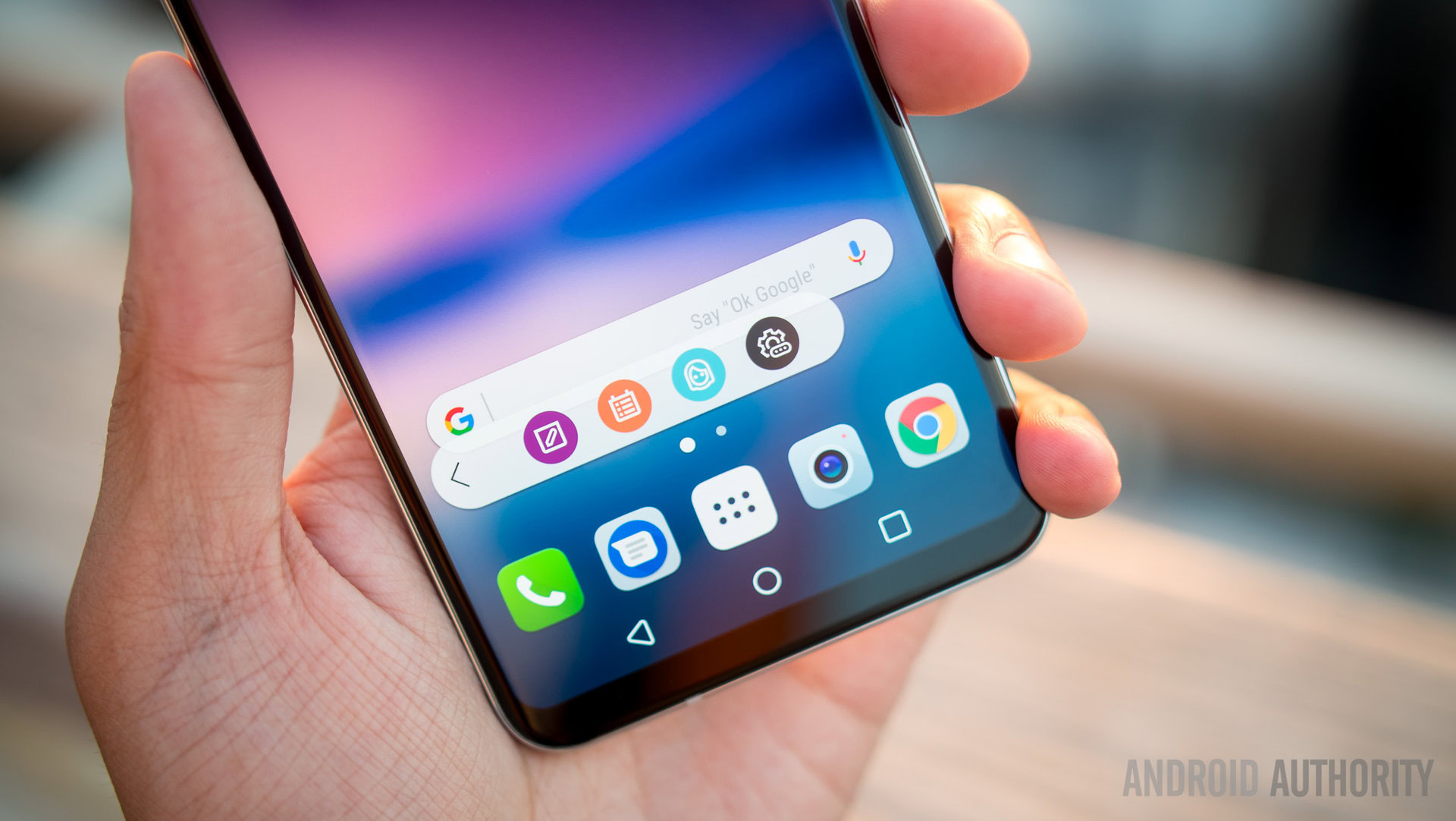
Customer preference could also be the cause, with Samsung’s AMOLED screens largely setting the standard for what is considered a “good” screen on Android phones. But LG didn’t have any internal research or numbers to share with media, as most OEMs typically have when they introduce (or backtrack on) something new.
LG Display’s increased P-OLED production capacity and recent reductions in the manufacturing cost of OLED displays could also be behind the switch. But again, LG wasn’t admitting to anything along those lines either. And it apparently has nothing to do with the battery-saving properties of OLED screens. So what was it?
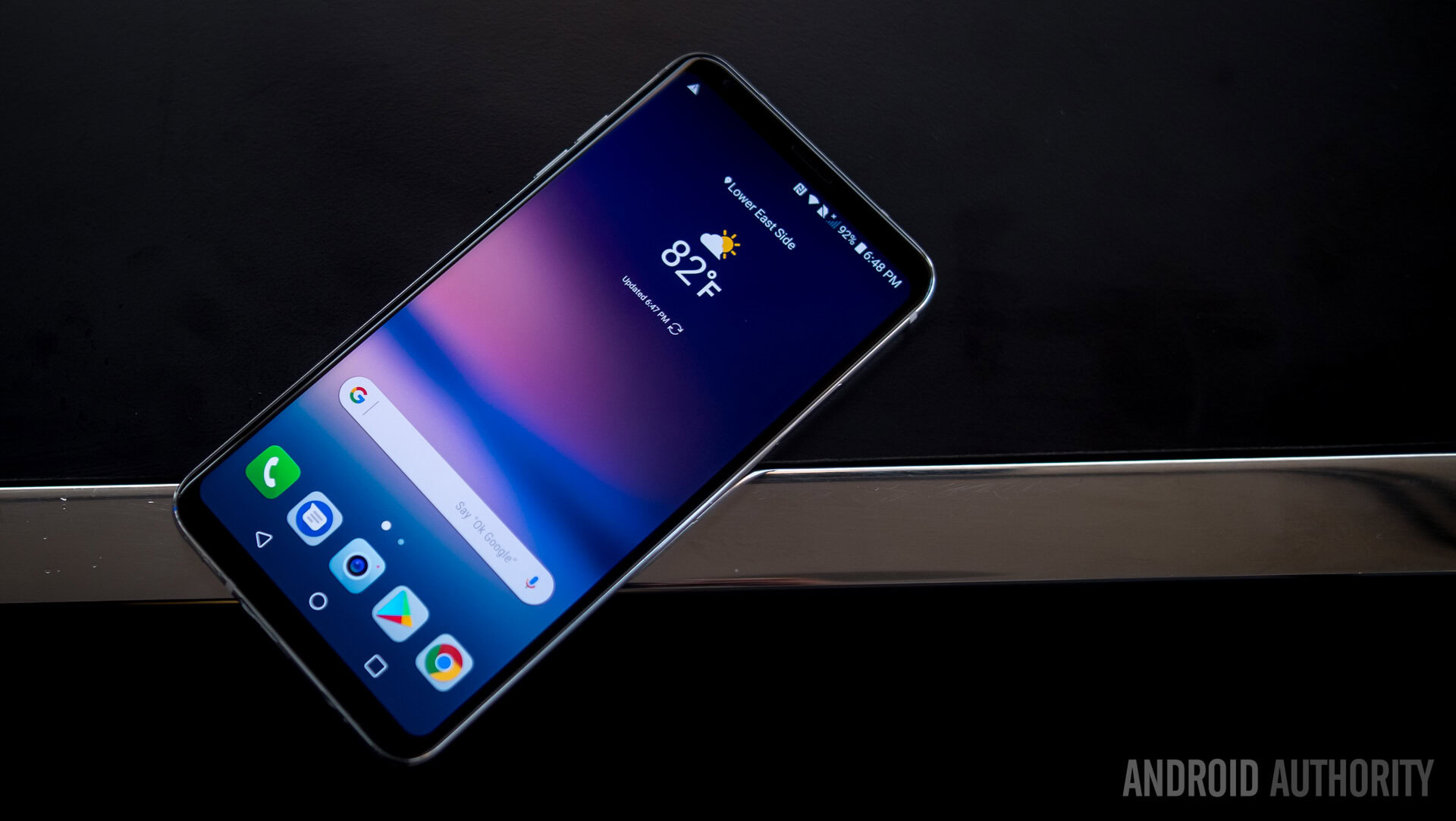
No, the (official) reason LG finally decided to put an OLED display on one of its flagships – the V30 will see a global release, so it can now be rightfully described as a flagship product – ultimately boils down to fashion. Not fashion as a goal in itself, even if LCD displays are becoming increasingly unfashionable these days, but rather using P-OLED as a means to a fashionable end.
The current “megatrend” (as LG calls it) in the mobile industry for full-screen bezelless designs was the primary factor behind the introduction of P-OLED for the V30. Hinting at the difficulties involved in producing the LG G6 with its near bezelless LCD screen, LG’s Lydia Lee told me that “with P-OLED we can easily make the shape of the design, and we can make the bezel about 3-4mm smaller than before. Plus we can make it lighter and slimmer. That is why we are choosing OLED.”
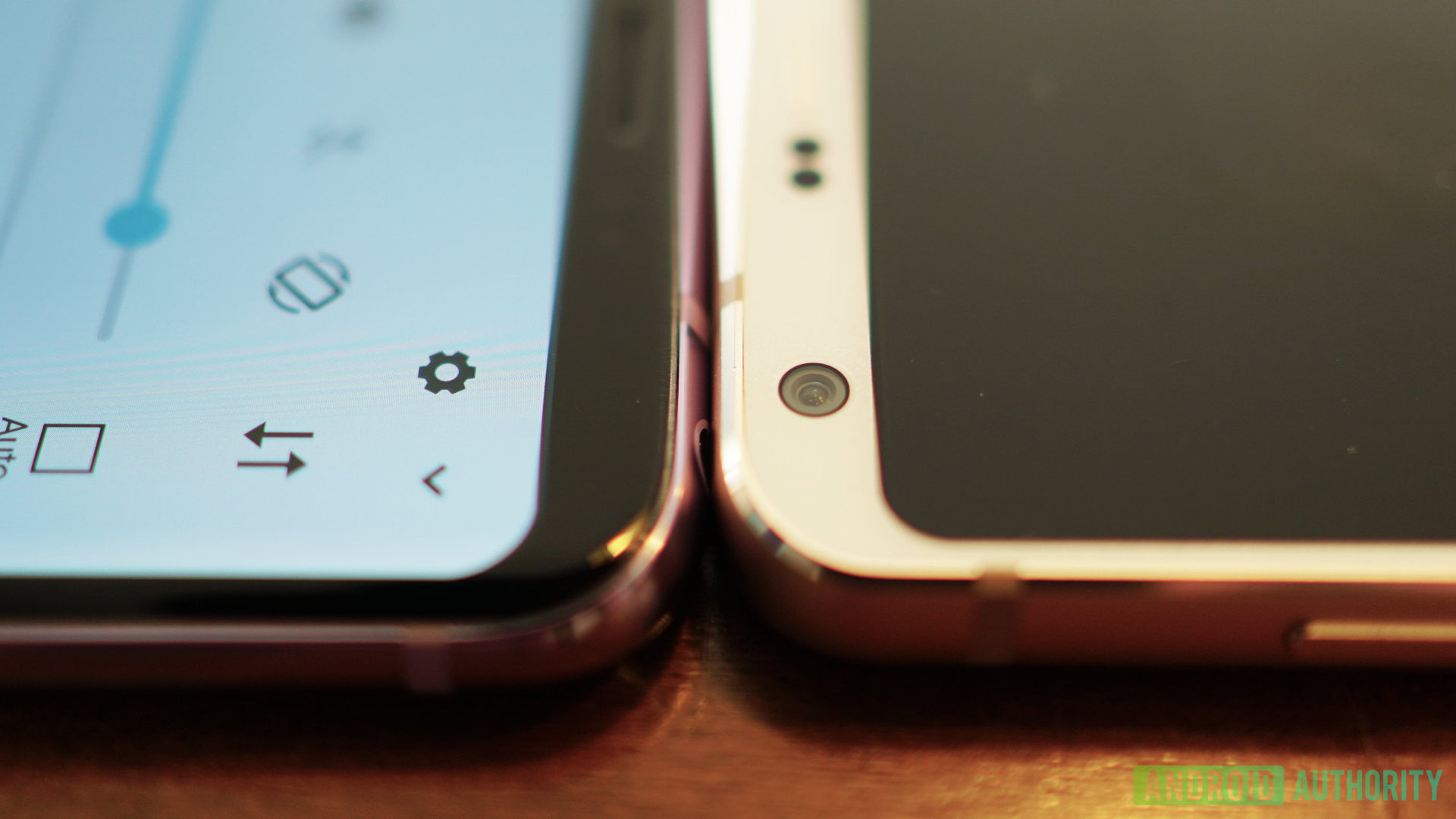
While I’m sure this justification is true (to a degree, see my note below), I suspect several other reasons – namely those mentioned above along with P-OLED’s flexible and impact absorbing properties – also factored into the decision to finally switch to an OLED display. After all, it’s not like LG hasn’t had experience with P-OLED in the G Flex series.
Note: While what Lee says is true, it must be pointed out that the LG G6's LCD screen had a top bezel just as small as those found on the V30. And the V30's side bezels are actually larger than those found on the G6. To that point, LG says it wanted to avoid the light refraction issues found on other devices with curved OLED displays. This, in my experience, has already proven to be the case, even if the V30's thicker side bezels are a natural target for criticism.
LG wouldn’t comment on the possibility of LCDs reappearing in future flagships devices, but considering the story being told about P-OLED at IFA 2017, it seems unlikely.
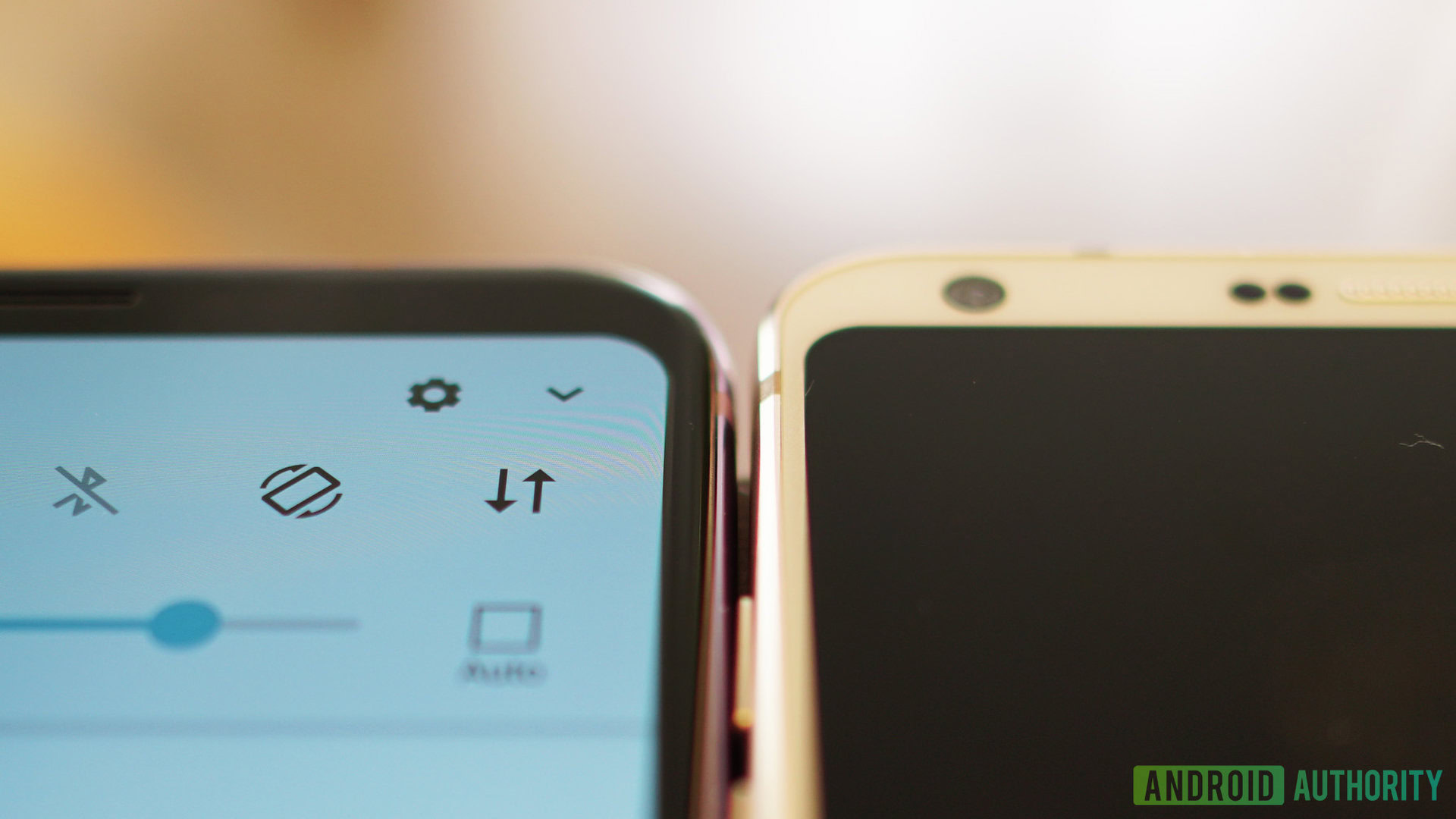
Furthermore, the market preference for bezelless designs also brought about the demise of the V series’ signature secondary screen. “If we kept the second screen we could not make a competitive design,” Lee told me at a briefing in Berlin.
LG sees the V30’s floating bar as the second evolution of the second screen, which in many ways is true – what need do we have for an always on second screen when we can achieve much the same functionality through a floating bar on an always on display?
If removing the second screen paved the way for a full-screen, bezelless display, then I doubt too many will pine after its absence. But its removal also touches on something else I’ve mentioned before: the increasing “sameness” of smartphones following the bezelless trend.
When the entire front of a device becomes a large-format, logo-less display with rounded corners and Univisium aspect ratio, the space in which to create a striking design must, out of necessity, migrate to the edges and back of a phone. Exactly the places we don’t typically look and exactly the same places following the industry’s other megatrend of metal and glass.
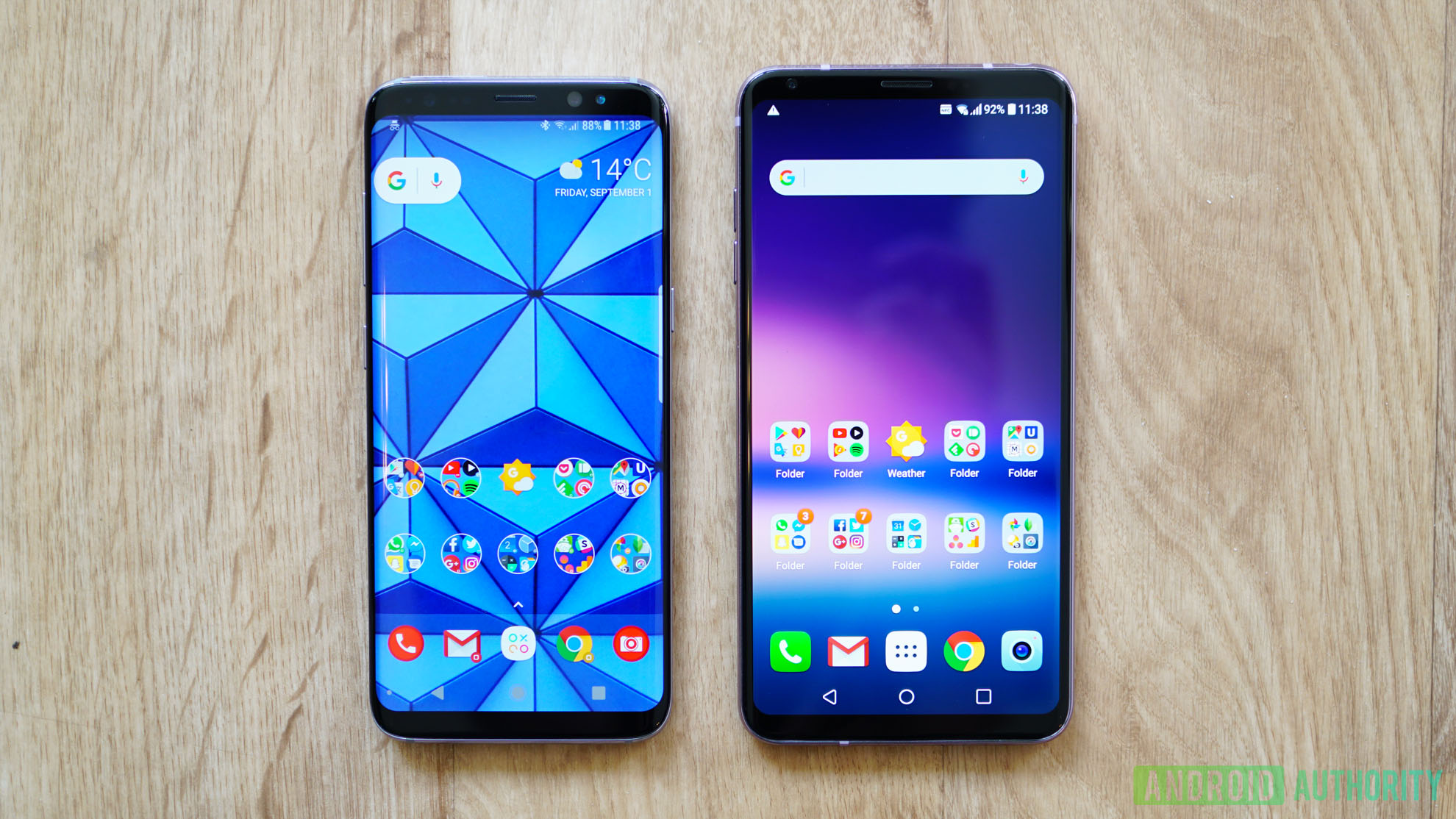
LG has an advantage here with its signature rear key setup and startled robot layout, but we’re going to be seeing more and more phones looking more and more similar as bezelless designs take over in years to come.
How OEMs will choose to differentiate their products when they increasingly look the same – especially when more and more of them are shipping near stock Android – will be interesting to see.
When differentiating design and software novelties take a back seat we can only look to functionality and usage to make a device stand out: better cameras, improved battery life, more intuitive interactions, better AI, enhanced audio and so on.
I don’t know about you, but if smartphones start to nail these core aspects in the same way as they’ve increasingly been nailing design and software in recent years, I for one won’t mind so much if all the phones on retailer’s shelves start to look more alike.